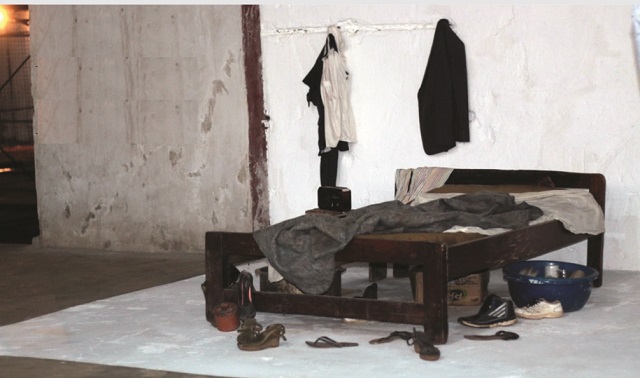
Discussion of the work of internationally renowned curator, Simon Njami, for the Kampala Art Biennale (KAB18) rages on, months after it started on social media.
Kampala, Uganda | DOMINIC MUWANGUZI | The debate arose from post-festival articles in publications like `C&’ (Contemporary And), by Njami and Ghanaian academic Kwasi Ohehe on the role and power of the curator over the artist and artwork.
The curator and artist need to complement each other but the tradition of attaching praise or blame to the curator of an exhibit was evident in the debate. The role of the artist, who is the creator of the artwork mounted or supervised by the curator, was undermined.
In the context of the KAB18, Njami, proposed a master/ apprentice model as a way of making the biennale locally sustainable through inviting government support. He, however, proposed masters who live in the west, even if they are from the African continent. Local artists rejected that. Why couldn’t Njami appreciate any artwork of the “local masters” like Sanaa Gateja, Francis Nagenda or Joseph Ntensibe for the exhibition?
They accused Njami of arrogance for saying Uganda, the venue for the biennale, has no masters. Many recalled that Njami had, a few years back, controversially announced that there’s no art in Uganda! He even selected a foreign painting, `The Painter’s Studio’ by Gustave Courbet, for the festival poster. That reinforced the tradition of the studio where master and apprentice reside. This time he totally rejected the idea of any good art produced in Uganda.
For Enos Nyamor, a writer and journalist from Nairobi, Kenya, the main concern is that praise for the artworks went to the curator and the masters and not the apprentices who deserve prominence. In `From Missionaries to Artists’, an essay published in C&, Nyamor writes: “All the works are credited to the master, which works towards obliterating the agency and expression of the emerging artists”. This removes the artist’s ownership of the artwork.
In the essay, `Art without Artists’, the writer Anton Vidokle, also says curators are powerful because they now do more than mount an exhibition. They select what is exhibited, contextualise and frame the production of artists and sometimes oversee the distribution of production funds.
Vidokle says this power causes artists to resent curators. They perceive them as egocentric, ignorant, and controlling of the artists’ work.
But is it possible for artists to curate their own work and do away with the services of the curator? Vidokle gives examples of shows curated by artists that were successful. However, Uganda has no such example. Why? Because curatorial practice is still nascent and the “curators” are yet to understand the profession like Njami does. Njami does more than select artwork for an exhibit or mount it, but most importantly builds authentic and sustainable conversations around the theme of the exhibition. This is evident in the debate ongoing about the KAB18 concept of the Master.

****
This review is an excerpt from a lengthy essay by the same author.
 The Independent Uganda: You get the Truth we Pay the Price
The Independent Uganda: You get the Truth we Pay the Price


